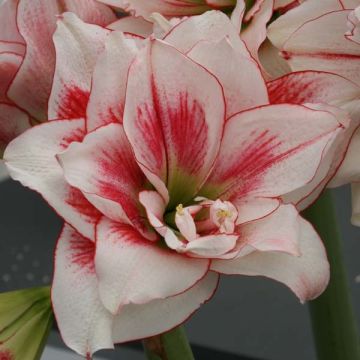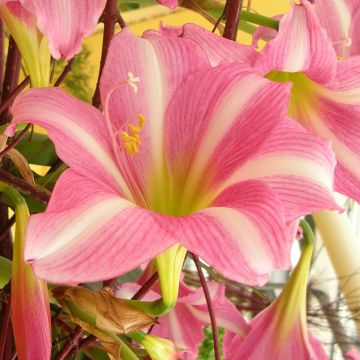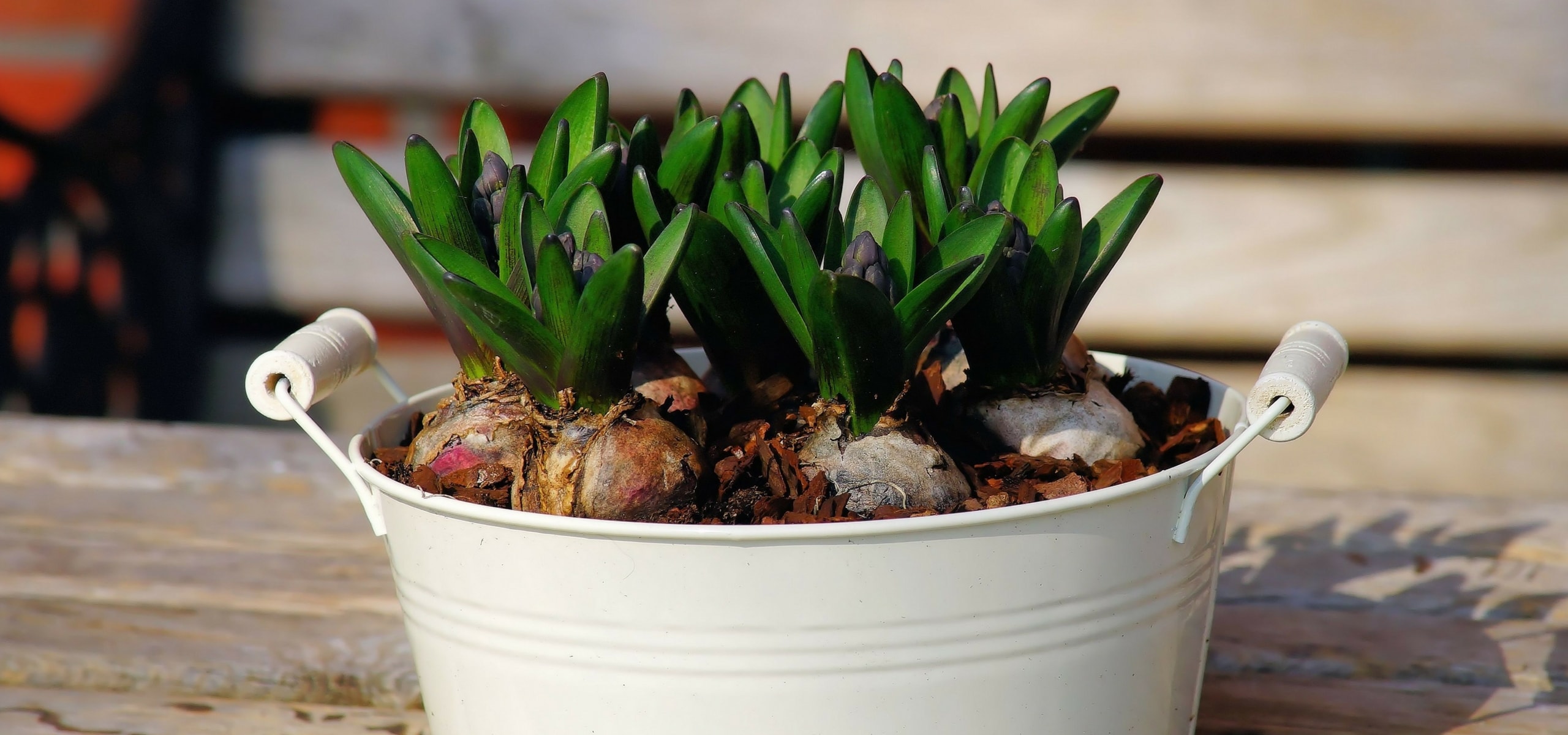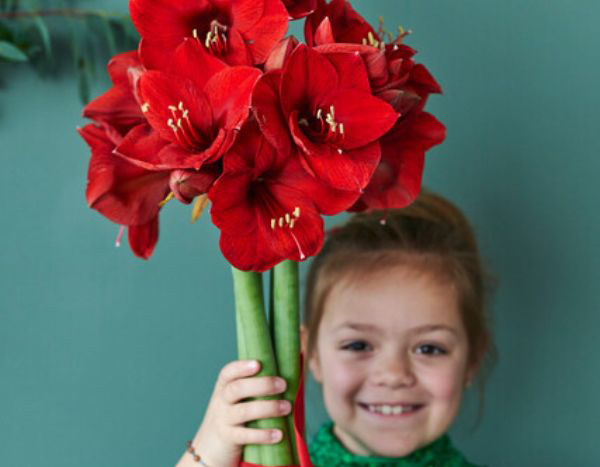

Hippeastrum Quito - Amaryllis


Hippeastrum Quito - Amaryllis


Hippeastrum Quito - Amaryllis
Hippeastrum Quito - Amaryllis
Hippeastrum Quito
Amaryllis
Special offer!
Receive a €20 voucher for any order over €90 (excluding delivery costs, credit notes, and plastic-free options)!
1- Add your favorite plants to your cart.
2- Once you have reached €90, confirm your order (you can even choose the delivery date!).
3- As soon as your order is shipped, you will receive an email containing your voucher code, valid for 3 months (90 days).
Your voucher is unique and can only be used once, for any order with a minimum value of €20, excluding delivery costs.
Can be combined with other current offers, non-divisible and non-refundable.
Home or relay delivery (depending on size and destination)
Schedule delivery date,
and select date in basket
This plant carries a 6 months recovery warranty
More information
We guarantee the quality of our plants for a full growing cycle, and will replace at our expense any plant that fails to recover under normal climatic and planting conditions.
Would this plant suit my garden?
Set up your Plantfit profile →
Description
The Amaryllis 'Quito' belongs to a group of 'Hippeastrum known as Cybister which produce spider-like, atypical, exotic-looking flowers. Its large flowers have delicate, curled petals variegated with cherry red, green, and cream. The bulb produces 2 to 3 flowering stems, each carrying 2 to 3 flowers between December and March. The flowers of 'Quito' are impressive in floral arrangements or in a pretty indoor pot.
Originating from the subtropical regions of Central and South America, Amaryllis (Hippeastrum) are plants from the Amaryllidaceae non-hardy family, grown in pots indoors in our climate. The 'Quito' variety forms a flowering clump 55-60 cm in height and 30 cm in width. Each flower, measuring about 23 cm in diameter, consists of 6 narrow, tapered petals slightly twisted at the edges. Each petal displays a cherry red hue on the upper parts, contrasting with pale green and vanilla shades on the lower parts. The flower's centre releases a cluster of very long, light green curved stamens. The thick, hollow flower stem carries two to three flowers at its end. The bulb can produce two flowering stems. The leaves of this amaryllis are ribbon-like, glossy, and medium green in colour. They yellow and dry out some time after flowering, while the large bulb goes into dormancy.
The 'Quito' Hippeastrum is not difficult to grow, and flowering usually occurs 8 to 10 weeks after planting. To have it blooming for Christmas, consider planting it at the beginning of November. This variety doesn't need companion plants to spread its obvious beauty. You can plant a few snowdrops, just to dress up its slightly stiff stems. Ideally, place the plant in sunlight, in front of a window, for example. Prune the stem when the flowers fade to encourage the production of a second flowering stem.
The term Amaryllis is actually a linguistic misuse, stemming from confusion in the 18th century. It was the botanist Linnaeus who used this name to designate an American species, although the term was already applied to a South African plant. Today, by convention, the name Amaryllis is used for both varieties, with the following distinction: Hippeastrum for the American species and Belladona for the South African one. This naming choice is not trivial: Amaryllis means "sparkling," and the plant is celebrated in classical Greek literature. One can find a pastoral poem where the beautiful shepherdess Amaryllis, pierced by a painful love, makes magnificent red flowers spring from her blood. This symbolism has long made it an emblem of majestic beauty.
Hippeastrum Quito - Amaryllis in pictures


Plant habit
Flowering
Foliage
Botanical data
Hippeastrum
Quito
Amaryllidaceae
Amaryllis
Cultivar or hybrid
Other Hippeastrum - Amaryllis
View all →Planting and care
The Amaryllis Quito thrives in full sun or light shade in any moist, rich, and light soil. Indoors, place it in bright light. For pot culture, provide 2 cm around the bulb and a heavy pot to prevent it from tipping under the weight of the amaryllis, which tends to lean towards the sun. Use a light, well-draining, neutral or slightly acidic soil. In a pot, leave half of the bulb above the soil so that the neck does not stay wet from watering and rot. This also provides more room for the soil. Plant your young plants from October to January depending on the desired flowering period, knowing that it takes 6 to 10 weeks between planting and flowering. After flowering, trim the flowers while allowing the foliage to grow. At the end of summer, let the soil dry out and cut back the dry leaves. 6 weeks later, repot the bulb in fresh soil.
Planting period
Intended location
Care
Planting & care advice
This item has not been reviewed yet - be the first to leave a review about it.
Haven't found what you were looking for?
Hardiness is the lowest winter temperature a plant can endure without suffering serious damage or even dying. However, hardiness is affected by location (a sheltered area, such as a patio), protection (winter cover) and soil type (hardiness is improved by well-drained soil).

Photo Sharing Terms & Conditions
In order to encourage gardeners to interact and share their experiences, Promesse de fleurs offers various media enabling content to be uploaded onto its Site - in particular via the ‘Photo sharing’ module.
The User agrees to refrain from:
- Posting any content that is illegal, prejudicial, insulting, racist, inciteful to hatred, revisionist, contrary to public decency, that infringes on privacy or on the privacy rights of third parties, in particular the publicity rights of persons and goods, intellectual property rights, or the right to privacy.
- Submitting content on behalf of a third party;
- Impersonate the identity of a third party and/or publish any personal information about a third party;
In general, the User undertakes to refrain from any unethical behaviour.
All Content (in particular text, comments, files, images, photos, videos, creative works, etc.), which may be subject to property or intellectual property rights, image or other private rights, shall remain the property of the User, subject to the limited rights granted by the terms of the licence granted by Promesse de fleurs as stated below. Users are at liberty to publish or not to publish such Content on the Site, notably via the ‘Photo Sharing’ facility, and accept that this Content shall be made public and freely accessible, notably on the Internet.
Users further acknowledge, undertake to have ,and guarantee that they hold all necessary rights and permissions to publish such material on the Site, in particular with regard to the legislation in force pertaining to any privacy, property, intellectual property, image, or contractual rights, or rights of any other nature. By publishing such Content on the Site, Users acknowledge accepting full liability as publishers of the Content within the meaning of the law, and grant Promesse de fleurs, free of charge, an inclusive, worldwide licence for the said Content for the entire duration of its publication, including all reproduction, representation, up/downloading, displaying, performing, transmission, and storage rights.
Users also grant permission for their name to be linked to the Content and accept that this link may not always be made available.
By engaging in posting material, Users consent to their Content becoming automatically accessible on the Internet, in particular on other sites and/or blogs and/or web pages of the Promesse de fleurs site, including in particular social pages and the Promesse de fleurs catalogue.
Users may secure the removal of entrusted content free of charge by issuing a simple request via our contact form.
The flowering period indicated on our website applies to countries and regions located in USDA zone 8 (France, the United Kingdom, Ireland, the Netherlands, etc.)
It will vary according to where you live:
- In zones 9 to 10 (Italy, Spain, Greece, etc.), flowering will occur about 2 to 4 weeks earlier.
- In zones 6 to 7 (Germany, Poland, Slovenia, and lower mountainous regions), flowering will be delayed by 2 to 3 weeks.
- In zone 5 (Central Europe, Scandinavia), blooming will be delayed by 3 to 5 weeks.
In temperate climates, pruning of spring-flowering shrubs (forsythia, spireas, etc.) should be done just after flowering.
Pruning of summer-flowering shrubs (Indian Lilac, Perovskia, etc.) can be done in winter or spring.
In cold regions as well as with frost-sensitive plants, avoid pruning too early when severe frosts may still occur.
The planting period indicated on our website applies to countries and regions located in USDA zone 8 (France, United Kingdom, Ireland, Netherlands).
It will vary according to where you live:
- In Mediterranean zones (Marseille, Madrid, Milan, etc.), autumn and winter are the best planting periods.
- In continental zones (Strasbourg, Munich, Vienna, etc.), delay planting by 2 to 3 weeks in spring and bring it forward by 2 to 4 weeks in autumn.
- In mountainous regions (the Alps, Pyrenees, Carpathians, etc.), it is best to plant in late spring (May-June) or late summer (August-September).
The harvesting period indicated on our website applies to countries and regions in USDA zone 8 (France, England, Ireland, the Netherlands).
In colder areas (Scandinavia, Poland, Austria...) fruit and vegetable harvests are likely to be delayed by 3-4 weeks.
In warmer areas (Italy, Spain, Greece, etc.), harvesting will probably take place earlier, depending on weather conditions.
The sowing periods indicated on our website apply to countries and regions within USDA Zone 8 (France, UK, Ireland, Netherlands).
In colder areas (Scandinavia, Poland, Austria...), delay any outdoor sowing by 3-4 weeks, or sow under glass.
In warmer climes (Italy, Spain, Greece, etc.), bring outdoor sowing forward by a few weeks.



















































